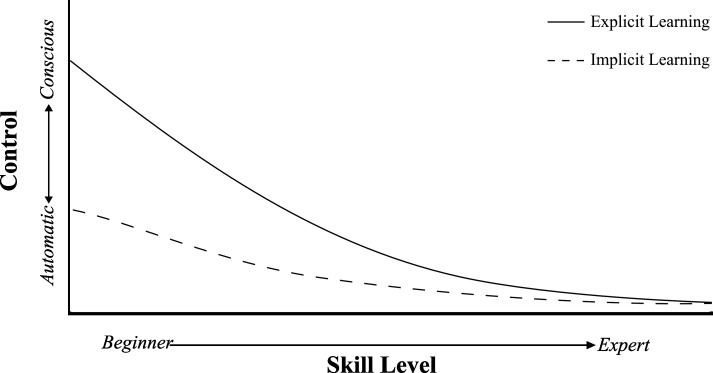Fig 1. Schematic representation or relation between implicit and explicit motor learning and conscious control/automatic control as a function of skill level.
With explicit learning (solid line), motor control is highly cognitively demanding at the start of learning (in what Fitts and Posner called the verbal-cognitive stage). With implicit learning (dashed line), motor control is relatively less dependent on conscious control, and hence more automatic right from the start of learning. As skill acquisition unfolds both explicit and implicit learning will result in more and more automated motor control, and eventually converge. By measuring dual-task performance the degree of automaticity achieved can be measured.[12,14,15] Please note that the model also takes into account that skill level and automaticity are tightly related, but not interchangeable entities (i.e., skill acquisition involves more than just automating motor control).[16,17] Thus, for the same level of skill, performers may substantially differ in terms of the degree of conscious/automatic control involved. That said, skill level and automaticity generally co-develop with practice. Hence, skill level is an important confounder when assessing automaticity of movement.

